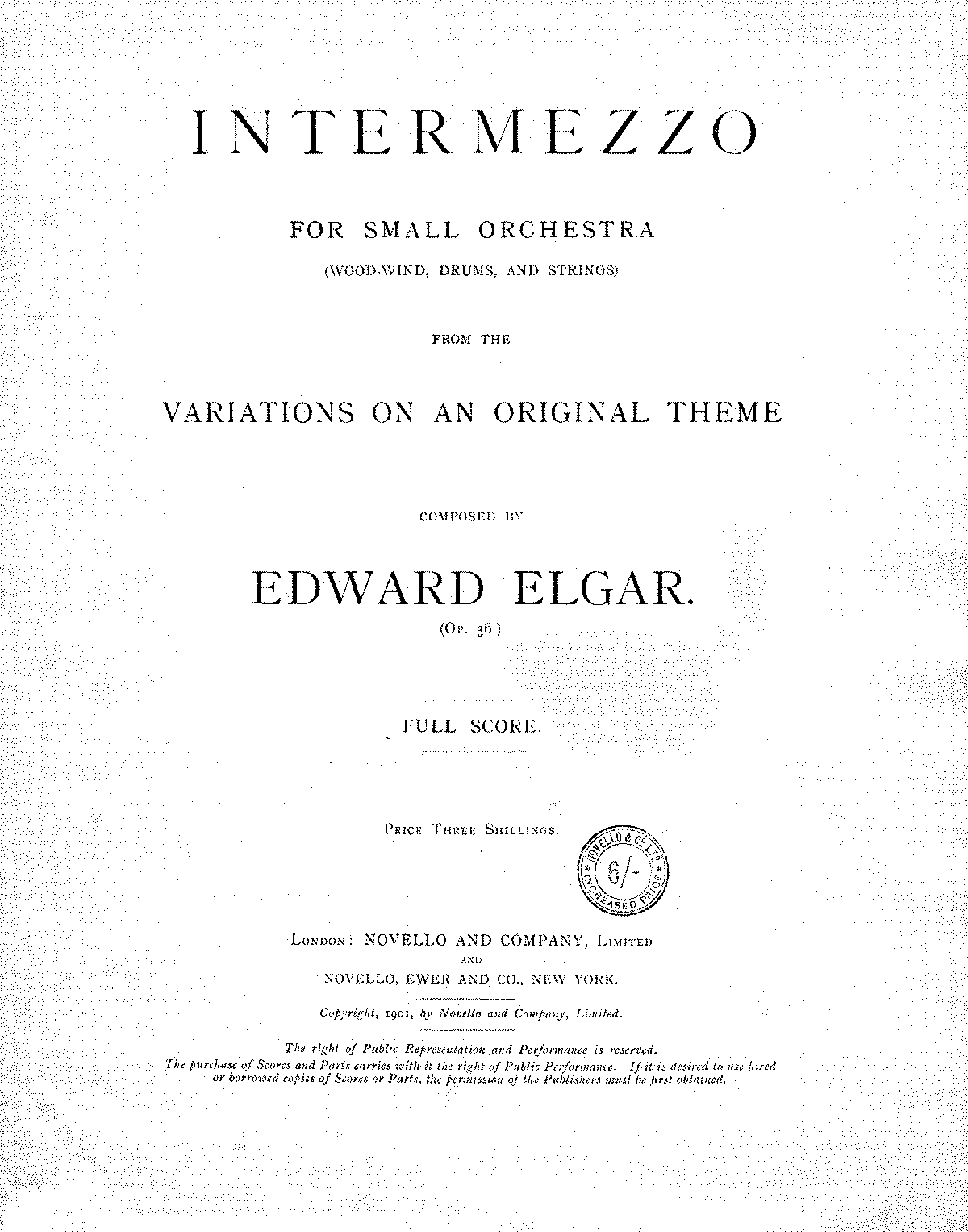
At each repetition the theme is expanded in length and orchestration until it grows to a climax.

This is the most famous section of the work, based entirely on Theme A with altered intervals to accommodate its grandiose style and key of E flat major. Jaeger is the German word for hunter and Nimrod was a great hunter in the Bible, hence the title. Both Theme A and Theme B are given new and elegant treatments.Īugust Johannes Jaeger was Elgar's trusted friend and music publisher at Novello & Co. Theme A is reduced to its bare minimum in the timpani while Theme B is given an expanded and energetic treatment.Įlgar stated that this elegant variation for Winifred Norbury was a picture of her peaceful and stately eighteenth century home. While many theories have been advanced about the relationship of this variation to its dedicatee, Elgar's own explanation describes the reduction of Theme A to 2 notes on timpani as imitating Troyte's "maladroit attempts to play the piano". The form is ABABA with the final A section shortened. Rushing scales previously heard in Variation 4 add to its exuberance. Theme A is reduced to 2 notes in timpani, cello and basses while a variant of Theme B makes up the principal melodic idea. The exuberance of this variation is for Arthur Troyte Griffith, an architect and life-long friend. On its return Section A - Theme A acquires another counter melody played by solo viola. Starting with bassoons, then clarinets, then violas, Theme B stretched across an octave. Theme A stretched across an octave delicately on viola.

Elgar gently pokes fun at her inability to successfully and elegantly cross strings and perform large leaps. Isabel Fitton was an amateur violist who assisted Elgar with the proof reading of a number of his scores. Section B and the return of Section A are then repeated to complete the ABABA form.
#Enigma variations composer full#
The return of Theme A has the same new theme played by the full string section while Theme A is heard above this time in woodwinds and horns. Theme B is played by flute, followed by a chattering theme in the oboes, then upper strings ending with the clarinet playing Theme B in inversion. Elgar left us only with the commentary that it is "whimsical and witty".Ī new theme is introduced in the upper strings while Theme A is heard in the cellos and basses. The contrast of gravity and lightness suggests the two sides to his personality.

It has been suggested that its meandering string lines reflect Elgar's view that Richard Arnold had somewhat wasted his life. The connection between the music and its dedicatee is less apparent. This variation for Richard Penrose Arnold returns to ABABA form.
#Enigma variations composer pdf#
To download a PDF of the printed musical excerpts click here Variation 5 - RPA History, analysis and commentary about western classical music Elgar - Variations on an Original Theme ("Enigma") - page 2


 0 kommentar(er)
0 kommentar(er)
